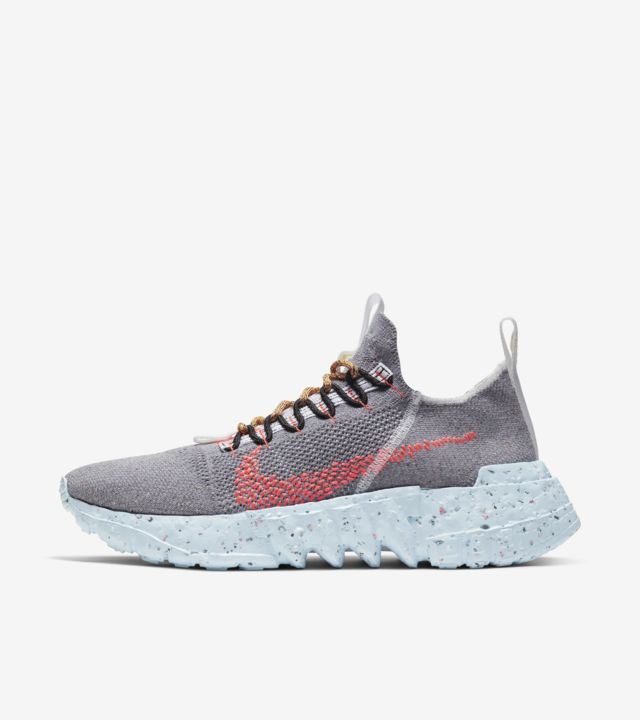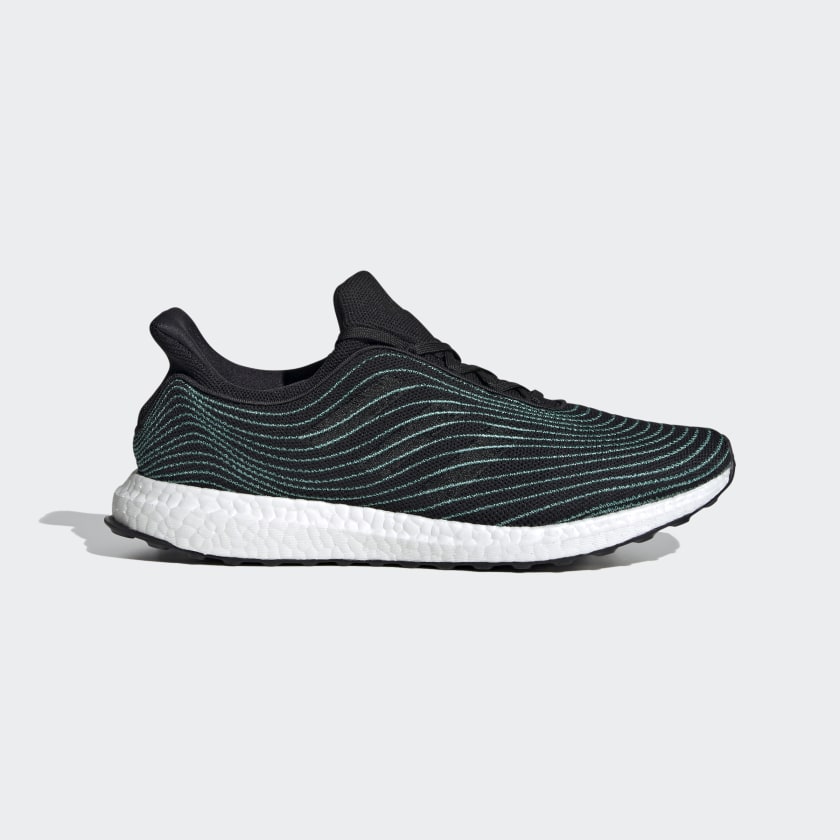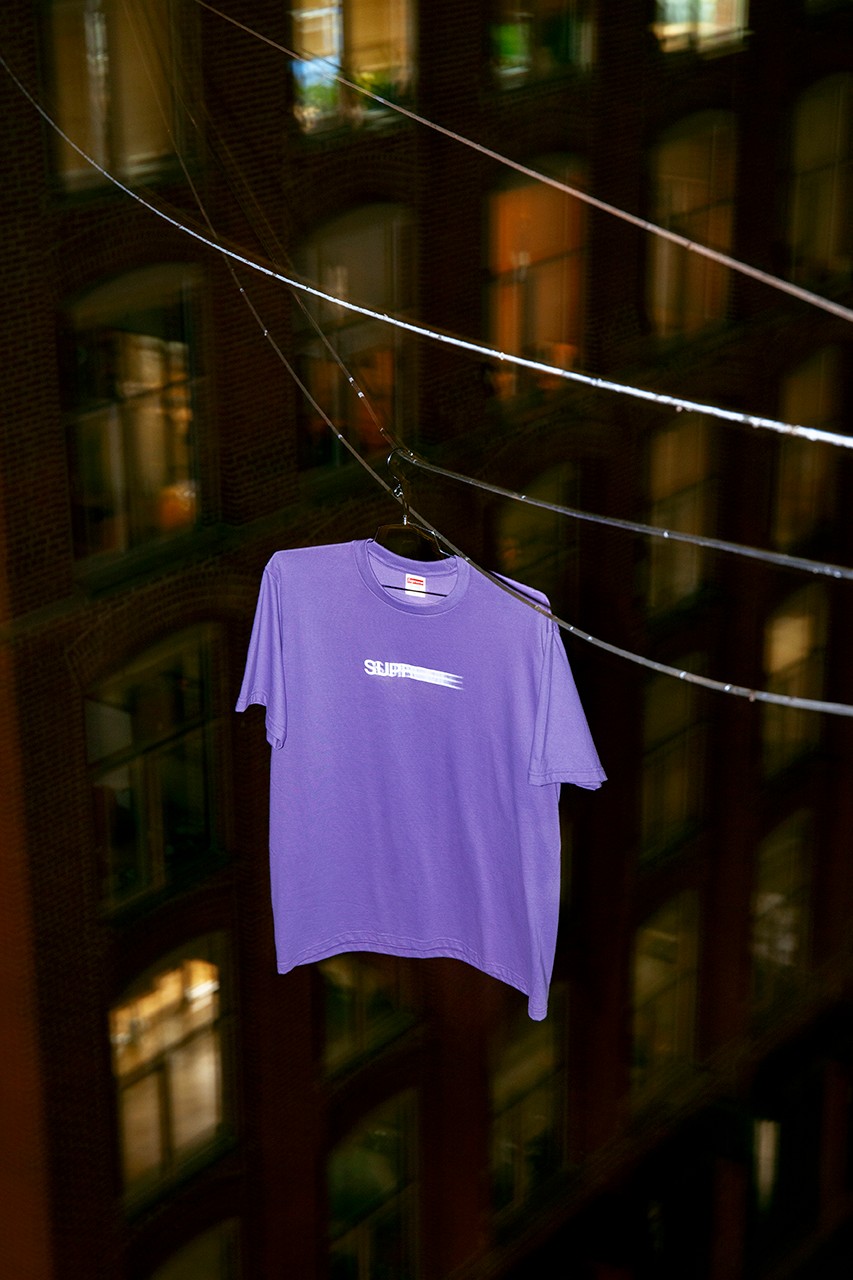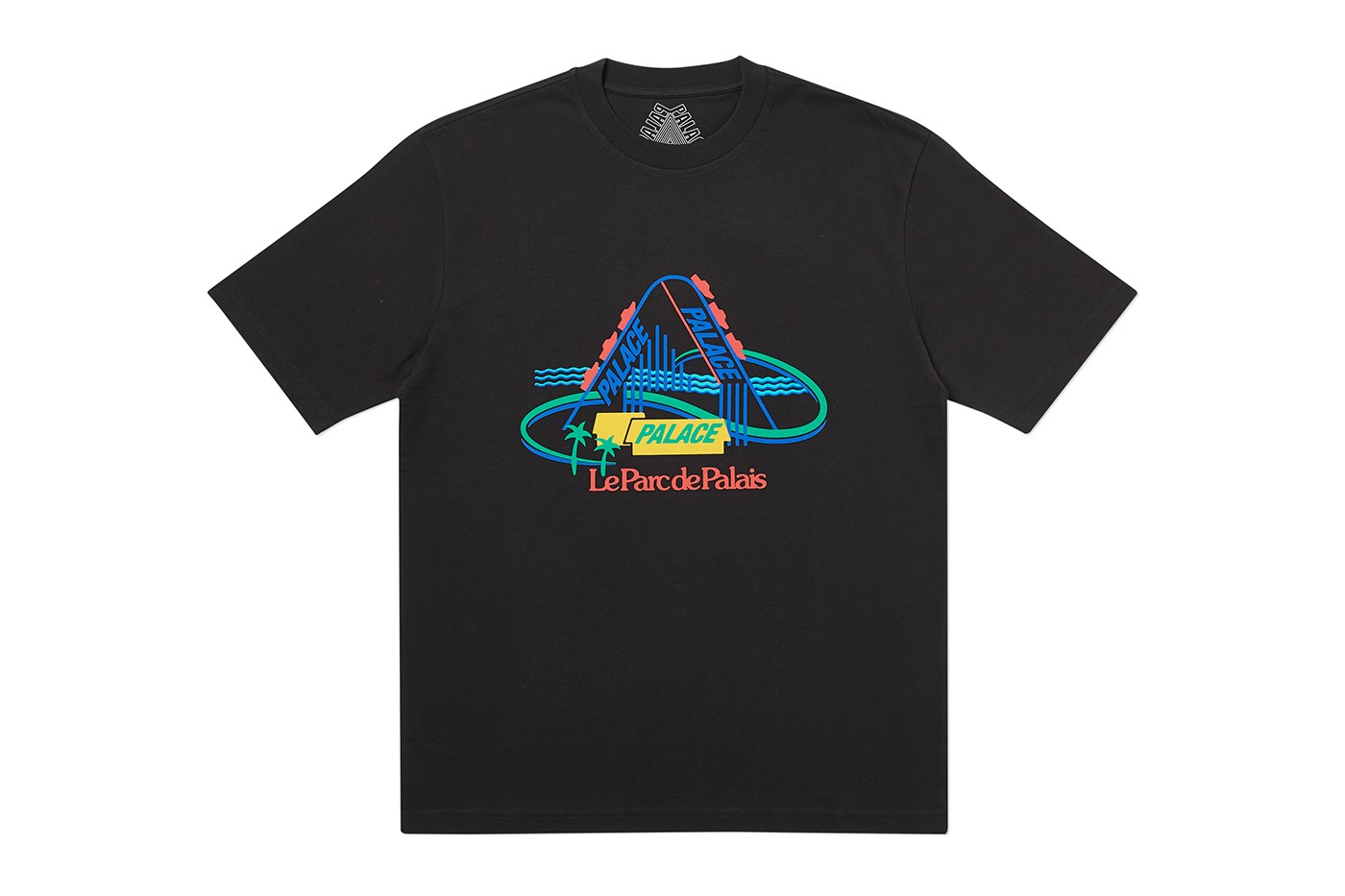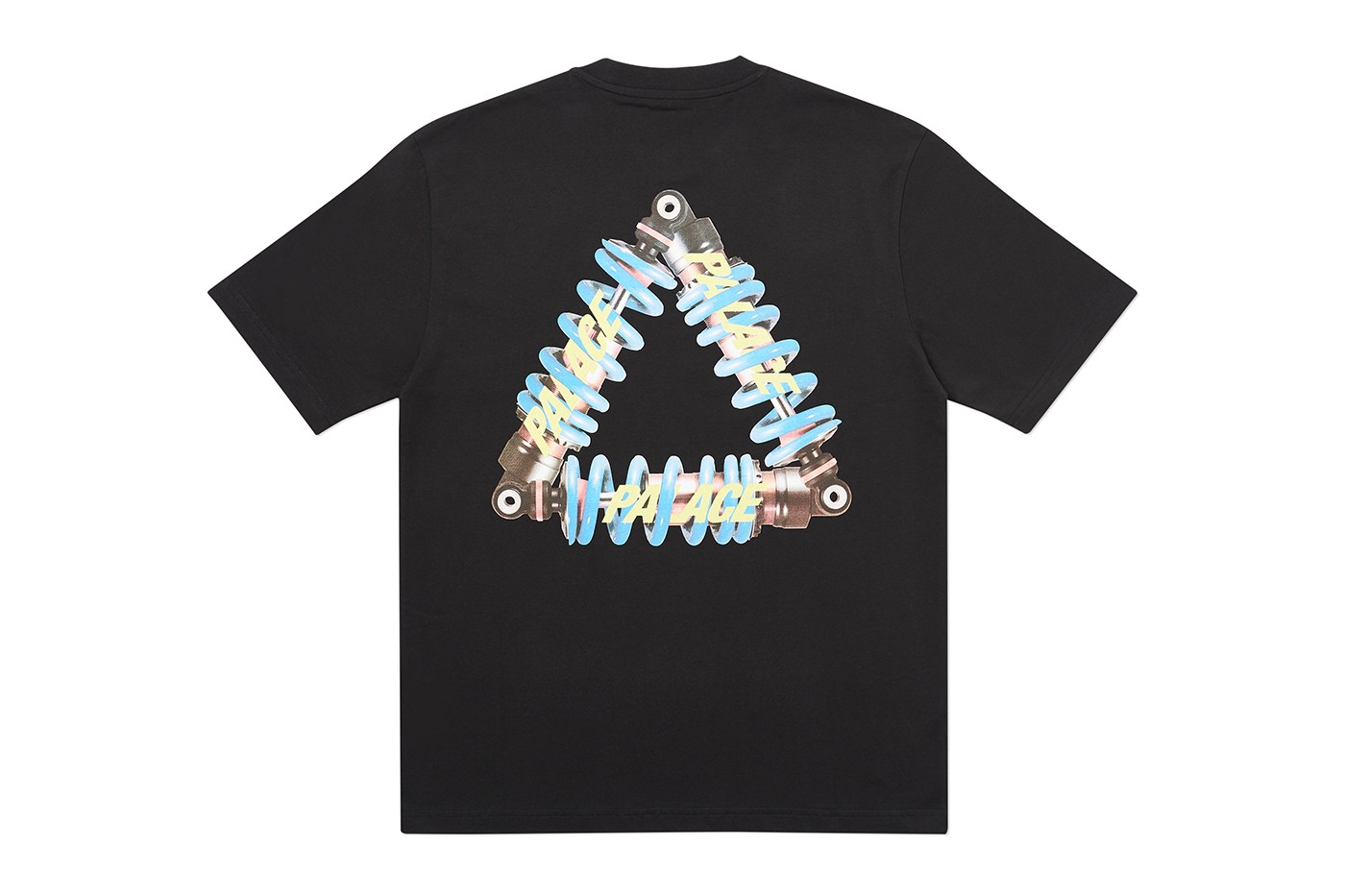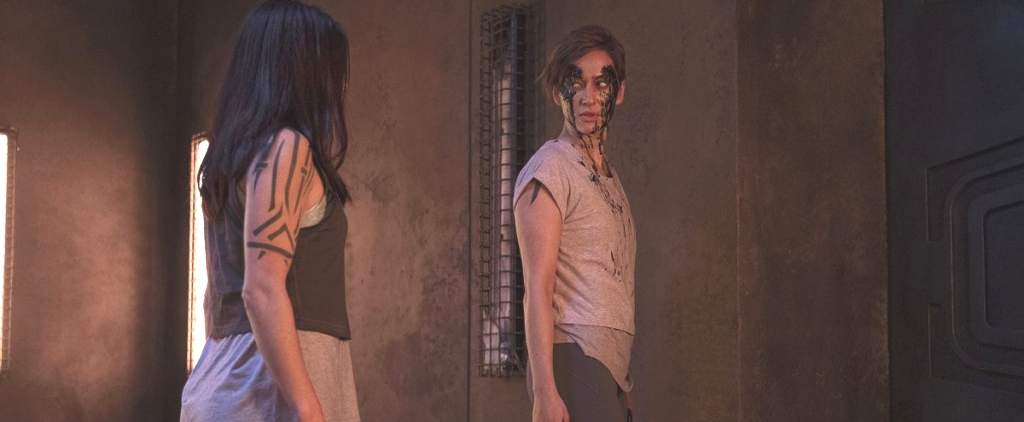We’re racing towards a highly contested election in a deeply divided nation during a global pandemic. And we live in one of the hardest-hit countries on earth, albeit by our own making. Which makes voting in November of 2020 scary for a number of reasons, especially for those most vulnerable to COVID-19. Add to the mix a resurgent national debate over whether we should be voting by mail, and you have a recipe for a sh*t show.
This week, President Trump once again asserted that voting by mail is rife with fraud — though that’s not supported by evidence. And while the prospect of voting by mail seems politically charged these days, access to absentee ballots is widespread, occurring in 46 states and divided almost evenly amongst Democratic and Republican governors (though red states are racing to curb the practice before November). According to The Hill, over the past 20 years alone more than 250 million votes have been cast by mail, with an average fraud rate of three cases per state over a 20-year span, or a 0.00006 percent chance of fraud.
In April, a study conducted by Stanford University found that there is no partisan effect of implementing universal mail-in voting and NPR points out that the President himself has voted by mail in the past — making it all the more frustrating that absentee voting has become a political issue in recent days.
Though mail-in voting isn’t as problematic as the president says, just about every state in the country has its own rules in regards to voting by mail. If you plan to cast an absentee ballot for this November’s election because of COVID fears, you might want to brush up on those rules in advance. We’ve made the process simple by breaking down every state’s current mail-in voting rules, as well as providing links for you to request your absentee ballot right now, where applicable.
Alabama
If you’re planning on voting by mail as an Alabama resident you’ll be bummed to find out that Governor Kay Ivey has done everything she can to make that harder than it needs to be. To vote by mail in the state of Alabama, you’ll need to send a copy of your photo ID along with your absentee application, and a “valid” excuse for why you can’t vote in person. The application must be resubmitted for each election. To cast a valid ballot, your vote must also be witnessed by a notary or two legal-aged adults.
To receive an absentee ballot, your request must be filed five days before the election and the ballot must be returned the day before Election Day. Luckily, concerns over the coronavirus are considered a valid excuse for requesting an absentee ballot.
Alaska
Alaska’s vote by mail law is pretty lax allowing voters to receive an absentee ballot without providing a valid excuse for refraining from in-person voting. However, absentee ballot requests must be received 10 days prior to the election and your ballot must be postmarked by the day of the election.
You may file a request for an absentee ballot via an online portal, though your signature must be handwritten.
Arizona
To receive an absentee ballot for the state of Arizona, a request must be received 11 days prior to the election with ballots returning by 7 pm on Election Day. Arizona’s Permanent Early Voting List allows voters to request absentee ballots for any election, though the process for submitting an application varies by county, making it a bit of a jumbled process.
You don’t need a reason to request an absentee ballot for the state of Arizona.
Arkansas
Absentee ballots for Arkansas must be requested seven days prior to an election and returned by 7:30 pm on Election Day, and require a valid excuse for why you can’t vote in person. To request an absentee ballot, you’ll have to contact a County Clerk in the county you’re registered to vote.
As of late June, the state of Arkansas has not determined whether or not the coronavirus qualifies as a valid excuse to request an absentee ballot.
California
In the state of California, anyone can request an absentee ballot for any reason, though applications must be received seven days before an election, and ballots must be postmarked by Election Day and arrive within three days of the election.
Currently, many counties across California are considering an all-mail general election this November in response to COVID-19 spikes.
Colorado
All voters in Colorado receive a mail-in ballot regardless of whether they sign up to vote by mail.
Connecticut
Though normally the state of Connecticut requires absentee voters to submit a valid excuse along with their application for an absentee ballot, for this upcoming election the state is allowing all voters to cast their ballots via mail and will begin sending out absentee applications to all registered voters soon.
Delaware
Applications for absentee ballots in the state of Delaware require a valid excuse and may be requested via an online form. Applications for absentee ballots also must be requested at least a day before the election and returned by the time polls close on Election Day. Currently, the Delaware legislature is in the process of loosening the requirements to request an absentee ballot in the wake of Covid-19 concerns.
Florida
Absentee ballots for the state of Florida may be requested at individual county websites for any reason and must be made 10 days prior to an election and returned by 7 p.m. on Election Day.
Georgia
The state of Georgia provides no-excuse absentee voting and has already made a practice of mailing out absentee applications to every registered voter in the last primary election in May. However, Georgia requires absentee voters to pay for postage.
In typical cases, applications for an absentee ballot must be received by the Friday prior to an election. The state has yet to announce whether it will provide automatic absentee ballots to registered voters for the general election.
Hawaii
Like Colorado, every registered voter in Hawaii receives a mail-in ballot automatically.
Idaho
To receive an absentee ballot for the state of Idaho, voters may request one through an online portal without the need to provide an excuse. Applications must be received 11 days prior to an election.
Illinois
Voters in Illinois must fill out an application for an absentee ballot five days prior to an election and must be returned by Election Day. Illinois has no-excuse absentee voting.
Indiana
Indiana requires voters to provide an excuse along with their application for an absentee ballot but also offers absentee in-person voting, which begins 28 days prior to Election Day. Applications for an absentee ballot must be filled out 12 days prior to an election.
Iowa
Generally, Iowa residents must request an absentee ballot 10 days prior to an election, and ballots must be returned the Monday before Election Day. The state sent absentee ballots to every voter ahead of the June 2nd primary but has not indicated whether it will do so for the general election.
The state offers no-excuse absentee voting.
Kansas
Kansas voters may request an absentee ballot for any reason so long as applications are received a week before the election and postmarked by Election Day. Absentee ballots will be accepted three days after Election Day, so long as they are postmarked on the date.
Kentucky
Typically, Kentucky voters must request an absentee ballot along with a valid excuse for why they can’t vote in person at least a week before an election. All registered voters were eligible to request an absentee ballot for the 2020 Primary Election but an announcement hasn’t been made regarding the 2020 general election.
Louisiana
Louisiana voters must submit a valid excuse along with their application for an absentee ballot at least four days before an election. Ballots must be received the night before Election Day in most counties and cases.
Maine
Voters in Maine must submit a request for an absentee ballot by the third business day before an election. Maine allows no-excuse absentee voting, but all ballots must be received by the time polls close on Election Day.
Maryland
Maryland has a pretty flexible vote by mail process and allows registered voters to request an absentee ballot for any reason via an online portal and will still count votes received 10 days after Election Day, though ballots must be postmarked by Election Day.
Massachusetts
Massachusetts does not typically allow for no-excuse absentee voting, but has passed a new law that designates COVID-19 concerns as a valid reason to receive an absentee ballot. To receive an absentee ballot, applications must be received at least a day before an election.
Michigan
Michigan voters may request an absentee ballot for any reason so long as their applications are submitted on the Friday before an election. Ballots must be returned by the end of Election Day.
Minnesota
Minnesota voters seeking an absentee ballot may request one by email at least a day before the election for any excuse. Ballots must be returned by Election Day at the close of polls.
Mississippi
Mississippi requires all voters to provide a valid excuse for receiving an absentee ballot and has not indicated whether concerns over the coronavirus count as one. Absentee ballots must be received before Election Day.
Missouri
Montana voters must submit applications for an absentee ballot by the second Wednesday before an election and must provide a valid excuse for requesting one. Missouri legislatures are currently considering loosening restrictions for absentee ballots due to the coronavirus.
Montana
Montana’s June primary was an all-mail election and hopefully, the state carries out that same process for the general in November. If not, applications to vote by mail must be received the day before Election Day with ballots returned by 8 p.m. on Election Day.
You do not need an excuse to request an absentee ballot in the state of Montana.
Nebraska
Nebraska offers no-excuse absentee voting but applications must be received by the second Friday before an election. Some counties in recent primary elections have converted to all-mail voting in response to the coronavirus but no announcement has been made pertaining to the upcoming general election.
Nevada
Nevada has a permanent absentee voter’s list and offers no-excuse applications. Applications for an absentee ballot must be received two weeks before an election and returned by 7 p.m. on Election Day.
New Hampshire
Applications for an absentee ballot must be placed at least a day in advance of an election and need to be returned by Election Day. Typically, New Hampshire does not allow for no-excuse absentee voting, but this year the state is making an exception.
Any registered voter may request and is encouraged to request an absentee ballot for November’s election.
New Jersey
It’s likely that the state of New Jersey will automatically provide each voter with an absentee ballot as the state has pushed back its primary election to July 7th to prepare for an all-mail election. In the event that they don’t, applications to vote by mail must be received a week before the election and returned by the end of Election Day.
New Jersey has no-excuse absentee voting.
New Mexico
In the state of New Mexico voters seeking an absentee ballot must send in their applications at least four days prior to an election and ballots must be returned by 7 p.m. on Election Day. The state has an online portal where you can apply for an absentee ballot. Republicans in the state are opposed to a vote-by-mail election and successfully sued the state and stopped the implementation of an all-mail primary election in June.
New York
New York is not normally a no-excuse absentee voting state, but Governor Andrew Cuomo has allowed for no-excuse absentee voting in this year’s elections in response to the coronavirus. Applications must be received seven days prior to an election and ballots must be returned no later than the seventh day before the election.
The state has not indicated whether or not it will automatically send absentee ballots for the general election.
North Carolina
The state of North Carolina allows for no-excuse absentee voting though requires ballots to be witnessed by two people or a notary. The state will temporarily bump that requirement down to one person for the November 2020 election. Applications for an absentee ballot must be returned no later than 5 p.m. on the Tuesday before Election Day.
Ballots must be returned to the county board of elections no later than 5 p.m. on Election Day.
North Dakota
North Dakota’s vote-by-mail system is incredibly simple and the state allows you to apply for an absentee ballot online, offering six different valid forms of identification. Ballots must be postmarked by a day before Election Day and must be received with six days of Election Day.
Ohio
Ohio voters may request an absentee ballot online without the need to provide an excuse. During the state’s recent primary, voters were all to pick up applications to vote-by-mail in local grocery stores. Applications must be received at least three days before an election, and ballots must be returned by Election Day.
Oklahoma
Voters may request an absentee ballot for Oklahoma for any reason via an online application. Generally, the state requires absentee ballots to be notarized or witnessed by two people, but waived that requirement for June’s primary election in the state, instead allowing voters to include a valid form of ID along with their ballot.
Applications must be received the Wednesday before an election and ballots must be returned by 7 p.m. the day before Election Day.
Oregon
All Oregon voters receive a mail-in ballot for every election, automatically.
Pennsylvania
Pennsylvania voters may request an absentee ballot for any reason via an online application. Applications must be filled out a week before an election and ballots must be returned by poll’s close on Election Day.
Rhode Island
The state of Rhode Island automatically sent mail-in ballot applications to voters for June’s primary election and in the event they don’t do so for the general election, you must request an application 21 days before an election. Ballots must be returned by Election Day.
South Carolina
It has yet to be announced whether South Carolina will allow all voters to request an absentee ballot like they did for June’s primary elections. Generally, the state is pretty strict on who they’ll let apply for an absentee ballot, generally limiting absentee ballots to members of the armed forces, spouses or dependents residing with members of the Armed Forces, overseas citizens, students attending school abroad, jurors, hospital patients, and Senior citizens.
Applications for absentee ballots must be requested a day before an election.
South Dakota
South Dakota voters may request an absentee ballot for any reason but applications must be received a day before the election. Ballots must be returned by the end of Election Day to a county election official.
Tennessee
Tennessee allows vote by mail for anyone over the age of 60, but all other parties must provide a valid excuse for requesting an absentee ballot. The state has not indicated whether or not it considers fear of the coronavirus a valid excuse to vote absentee and is proceeding with its in-person local election and primaries in August.
However, in the event that you are either “hospitalized, ill, or disabled, and/or you have determined it is impossible or unreasonable to vote in-person due to the COVID-19 situation” or you’re caring for someone who is, you may qualify for an absentee ballot.
To request an absentee ballot, applications must be received a week before an election and ballots must be in by Election Day and received via mail.
Texas
As of now, absentee ballots can only be requested in the state of Texas by registered voters over the age of 65, disabled voters, or those who will be out of the county on Election Day. The state has not budged on these requirements over COVID-19 concerns.
Applications to vote by mail must be received 11 days before the election.
Utah
The state of Utah automatically sends out absentee ballots to every registered voter.
Vermont
Voters in Vermont may request an absentee ballot online for any reason up to a day before the election. Ballots must be returned by the close of the town clerk’s office on the day before the election.
Virginia
Voters in the state of Virginia may request an absentee ballot for any reason so long as applications are received at least seven days before an election. Applications for an absentee ballot may be requested online, in-person, by mail, fax, and email. Recently the state deemed Election Day a holiday.
First-time voters must send a copy of a valid form of ID with their absentee ballot.
Washington
All registered voters in Washington automatically receive absentee ballots.
Washington D.C.
Voters in Washington D.C. may request an absentee ballot for any reason. Applications must be received seven days before the election and ballots must be postmarked by Election Day and received within a week of Election Day.
West Virginia
West Virginia sent absentee applications to all registered voters ahead of this summer’s primary election, but has not indicated whether it will do so for this year’s general election. West Virginia typically does not have a no-excuse absentee application process and applications must be received six days prior to an election and postmarked by Election Day.
Wisconsin
Wisconsin voters may request an absentee ballot for any reason and can do so via email, online, or fax. Applications must be received five days prior to an election and ballots must be returned by poll’s close on Election Day.
Wyoming
Wyoming allows for no-excuse absentee voting and applications must be received at least a day before the election. Ballots must be returned to the county clerk’s office no later than 7 p.m. on Election Day.

